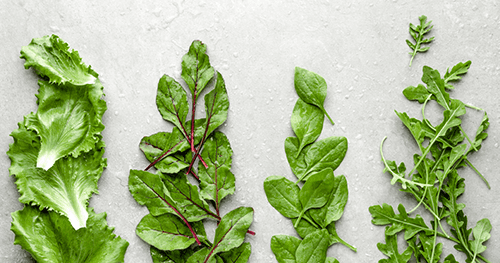
by rachael | Jun 20, 2025 | General News
Now that summer has rolled around, Maine is teeming with fresh produce! These unprocessed fruits and vegetables—as well as locally-raised meat and dairy products—are great sources of the vitamins and minerals that your body needs to succeed. Fortunately, there are...

by rachael | Jan 29, 2025 | Nutrition
As winter hangs on and the temperatures drop, it’s common for people to start feeling under the weather. With the cold and flu season in full swing, it’s more important than ever to support your immune system with a healthy diet. Here are some top foods to...

by rachael | Mar 30, 2023 | Nutrition
We can get confused easily by what to eat. There are hundreds of diets out there, thousands of foods, and your wallet can only stretch so far. How are you supposed to know what the right foods to eat are? If you’re determined to eat healthy or lose weight but don’t...

by rachael | Feb 16, 2023 | Nutrition
Doctors and parents say “eat your greens!” for good reason. Full of vitamins, minerals, and fiber, green veggies are good for you. These foods lower your risk of obesity, heart disease, high blood pressure, and other health problems. But they aren’t always cheap. ($2...

by rachael | Jan 23, 2023 | General News
You’ve probably been to a birthday party and heard parents commenting on their kids’ sugar rush. Or sighed yourself at the hyperactive energy on display after a round of trick-or-treating or Valentine’s Day candies. But are sugar highs fact or fiction? It turns out...






